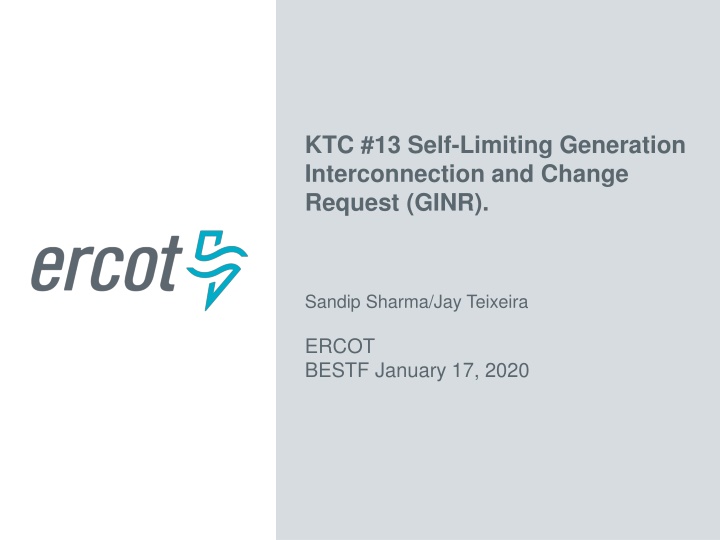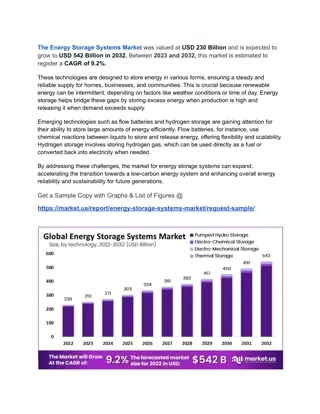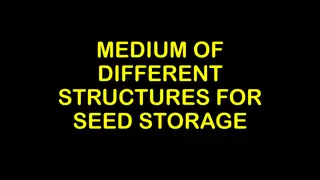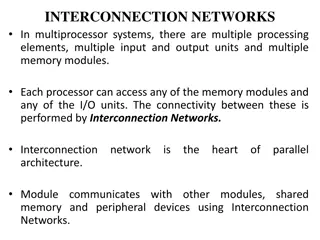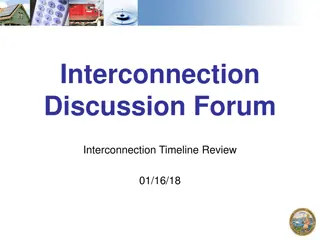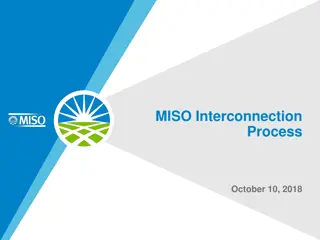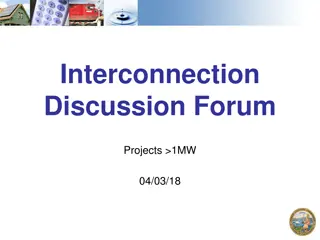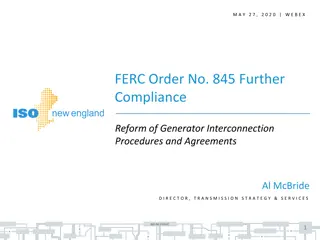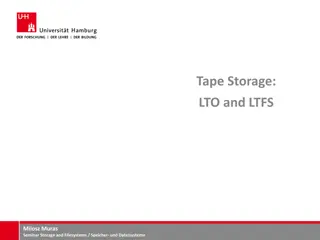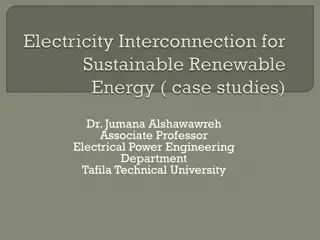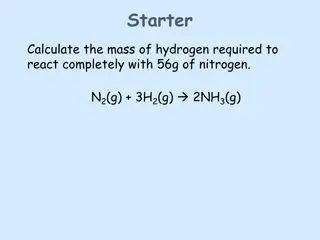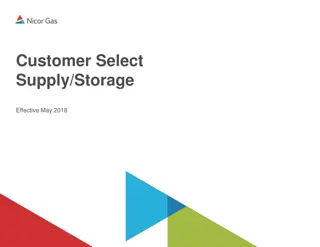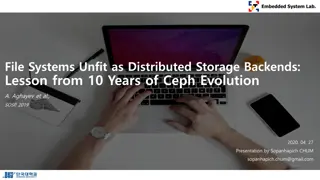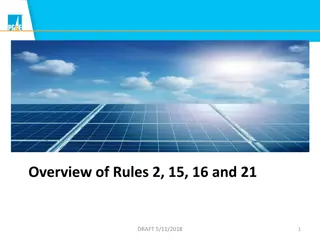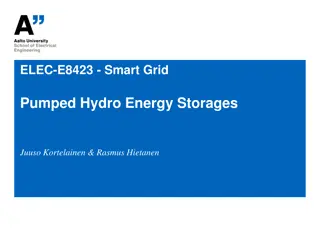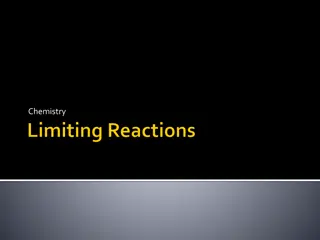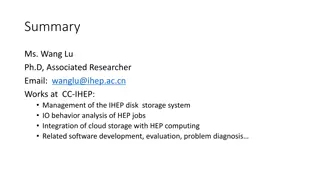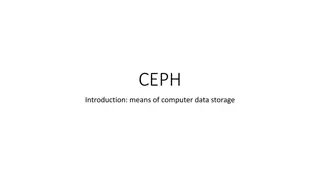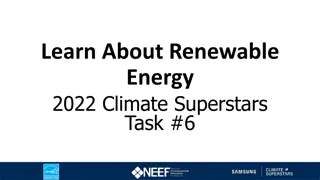Reviewing Self-Limiting Generation Interconnection in Energy Storage
Stakeholders at BESTF identified a need to review the existing GINR process for adding batteries to enhance existing resources without increasing capacity. Examples illustrate scenarios with solar/wind projects, combustion turbines adding batteries, and technology changes in wind farms. Assumptions for self-limiting facilities are outlined.
Download Presentation

Please find below an Image/Link to download the presentation.
The content on the website is provided AS IS for your information and personal use only. It may not be sold, licensed, or shared on other websites without obtaining consent from the author.If you encounter any issues during the download, it is possible that the publisher has removed the file from their server.
You are allowed to download the files provided on this website for personal or commercial use, subject to the condition that they are used lawfully. All files are the property of their respective owners.
The content on the website is provided AS IS for your information and personal use only. It may not be sold, licensed, or shared on other websites without obtaining consent from the author.
E N D
Presentation Transcript
KTC #13 Self-Limiting Generation Interconnection and Change Request (GINR). Sandip Sharma/Jay Teixeira ERCOT BESTF January 17, 2020
Acronym KTC Key Topic and Concept related to BESTF ESS Energy Storage Systems POI Point of Interconnection IE Interconnecting Entity IA Interconnection Agreement INR Interconnection and Change Request BESS Battery Energy Storage System WGR Wind Generation Resource PVGR Photo-Voltaic Generation Resource ESR Energy Storage Resource 2
Background Stakeholders at the Battery Energy Storage Task Force (BESTF) had identified a need to review existing GINR process as developers are proposing to add batteries at an existing generation site to only enhance (not increase previously studied Pmax in the IA) the capability of existing Resources. This issue was captured as Key Topic and Concept (KTC) #13. Also, Monthly Generator Interconnection Status (GIS) Reports at the end of Dec 31, 2019, shows new 32 co- located energy storage projects totaling 2994 MW. Some of these new projects expressed their interest to be self-limiting 3
Example GINR #1 (Greater Capacity Factor, more on-peak) Scenario 1: New Solar/wind + storage projects, solar = 200MW, storage = 200MW, but the IE only wants to deliver a total of 200MW to the grid. Example: ##INR**** Solar, 200MW ##INR**** Storage, 200MW AC connected, currently at Screening Study stage. IE only wants to deliver 200MW to ERCOT. 4
Example #2: Scenario 2: Existing Generation site with a Combustion Turbine that wants to add Battery without increasing the Pmax in the IA. AC connected ESR and CTs are behind the same POI Addition of ESR is to enhance the capability of the CT to participate in additional AS 5
Example GINR #3: (Change in technology, more on-peak) Scenario 3: Existing wind farms, IE wants to install a battery but the total output of the wind/battery is equal to or smaller than the original Pmax. Example: ##INR**** Wind Repower, 46.2MW ##INR**** BESS, 16.8MW (originally 63MW) AC connected, currently at FIS stage. Replace the existing 3 MW turbines with 2.2 MW turbines. There are 21 total, so there s a net change of -16.8 MW. Radial line. 6
Assumptions for Self-Limiting Facilities The addition of energy storage to an existing generation site that is not intended to increase amount of MW that can be injected at the POI. Pmax in at the POI in the IA does not change. A new energy storage capacity co-located with a new generation site with Pmax in the IA lower than total installed MW capacity behind the POI. (Note that ERCOT does not currently reflect the IA limits in the network model.) Installed AC/DC MW capacity behind the POI may exceed inverter rating or the IA, but the power injected into ERCOT grid will always be limited to the Pmax in the IA. As a part of GINR process, Interconnecting Entity (IE) shall provide all details of the physically-limiting elements (e.g. inverters and GSUs) and/or power plant controller that will enforce the limit. TSP may install additional schemes to ensure adequate protection. Self-Limiting concept only applies to Resources behind the same POI. 7
Next steps and Questions After the fact review and reporting and/or Real-time alarms ? Today there is a High Reasonable Limit guard rail on each resource but not a limit on generation site Pmax established in the IA needs to be strictly enforced Self-Limiting generation facility that exceeds their IA Pmax or Pmin shall have to go through the interconnection process QSEs should be responsible for limiting their combined COP HSL, Telemetered HSL, and total generation into ERCOT grid to not exceed their IA Pmax IE should be required demonstrate that they will be installing a generation limiting scheme that would ensure the plant s output would not exceed their Pmax 11
Next steps and Questions These self-limited capacity and generation site are not represented in the ERCOT EMS today (System changes will be required) How will self-limited generators be represented in the planning model and dispatched in the planning studies? How will self-limited generators be captured in Resource Adequacy Reporting, both during interconnection phase (GIS) and commercial operation (CDR, SARA)? What is the reactive requirement for the new inverter based resource if the existing resource is offline? In this case, would the new IBR have to comply with the same CURL as the existing resource? 12
GIS, Battery Project Details (as of Dec 31) Number of Projects Storage Capacity, MW % of Total MW of Batteries with FIS Started 53% Min Project Size, MW Max Project Size, MW Average Project Size, MW Co-located with new PVGR Co-located with new WGR Co-located with existing CT Stand-alone Batteries 28 2,702 20 504 97 4 292 6% 50 120 73 1 260 5% 260 260 260 23 1,846 36% 20 209 80 * Co-located means the same Point of Interconnection (POI) 14
